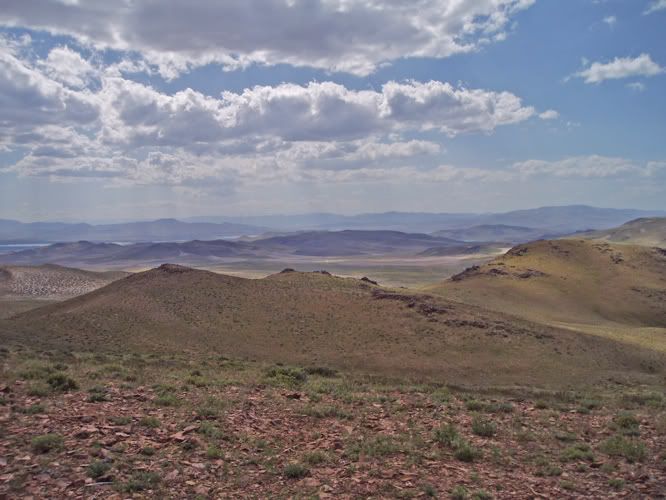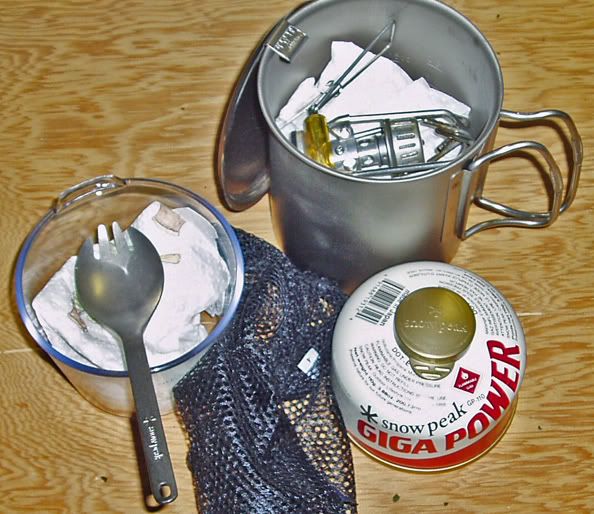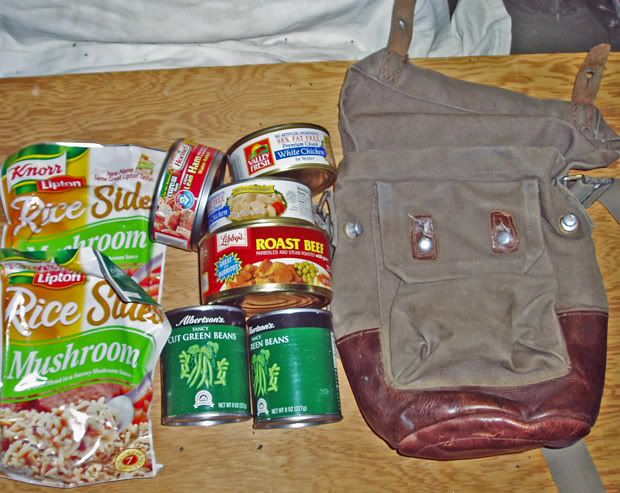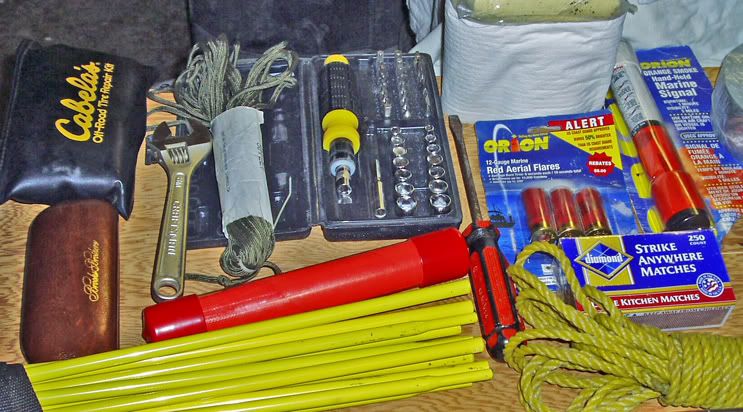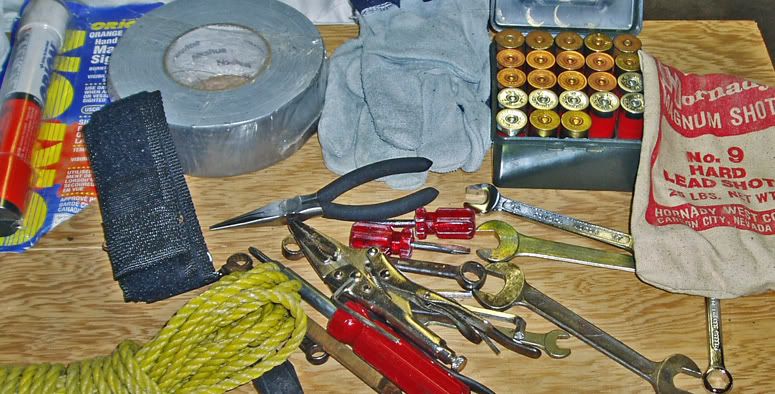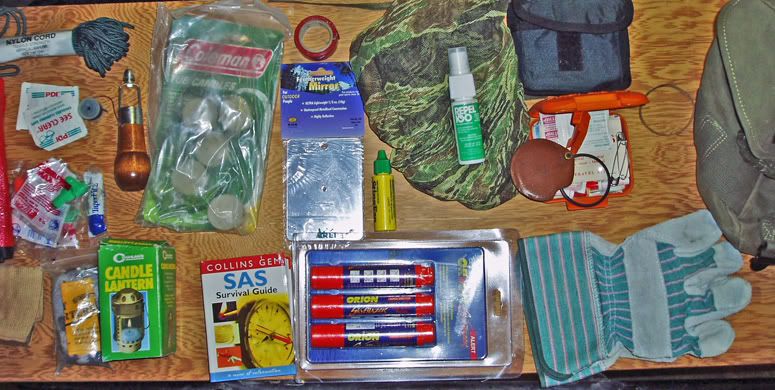Moab,
I'm the so-called "expert" that Yonderer mentioned. My Pard is very generous -
I am assuredly not an expert, but I do spend a lot of time playing cowboy and exploring
and prospecting the high desert wilderness.
First of all, I'm delighted to find this board. Thank you, Yonderer!
There seem to be a lot of kindred spirits here.
Now, to the topic: I spent my youth running through the woods and swamps of the
American deep-south. The desert was a hostile environment that I had to learn to
live in, if indeed I have.
I have a ranch in the Nevada high desert. It's 10 miles from the nearest paved road - an hour-
plus to the neatest town. Please forgive the amateurish photography - the 1881 Ranch is
essentially the right half of the panorama splice and the land runs back to the second ridge
line. As you might infer, there's nothing out there except sagebrush, wild mustangs and
graboids (if you remember the movie
Tremors) - and it's nowhere near as beautiful as Utah.
Then again, it's full of wild west history, gold, silver, and copper mines, Paiute Indians, Stage
Coach Lines, Cavalry Forts and even the Pony Express.
One thing I might point out is that many visitors I meet from across the pond are astonished
that in the
wilderness of the American West, many men (and women) still openly carry
firearms.
Needless to say, my partners and friends and I spend lots of time out exploring and prospecting
the deep desert.
so, to the kit:
Every situation and location is slightly different. You need to assess your specific need/
environment/ proximity to "civilization" and plan accordingly.
11binf is 100% correct:
..first off find out what the normal daytime and nighttime temp is and plan from that...always drink water and always have more water and or a means to get it...always drink water even before your thirsty...stay away from beer and most so called sports drinks(they contain way to much salt)which will dry you out....wear head gear,sun glasses and cover exposed skin...oh yea drink water.....next some type of shelter you can get up fast and easy to protect you from the sun...next signal items ie..a good glass mirrior and signal panel...you can also modify the items in your survival tin ,like taking out the tea candle so it won't melt and add more water getting items ...alway let some one know where your going(route etc.) how many in your party(names etc..) and when you'll be back (date, time, where)...this info will save your life..leave it at a ranger station and with a close friend....oh yea drink water....lastly don't go above your skill level, go with your gut feeling ....have a great time.. ..vince g. 11b inf....
For all "newbies" coming out to the ranch, we insist on clothing that covers skin. Long sleeves
can be rolled up. The high desert air is thin and the UV radiation horrific. You can get serious
sun burn in a heartbeat. We also insist on brimmed hats to cover the ears and nape of the neck.
Frankly, I always wear a silk bandana around my neck. It covers the throat, can be wetted and
put under my hat to help cool off in the really bad heat, and a host of uses.
One other small item most don't even consider until too late is a simple pair of leather work
gloves. More than once my gloves have been of inestimable use protecting my hands from
extreme sun exposure, or many of the incredible array of cactus spines, mesquite thorns,
and sharp rocks that seem to be everywhere in the desert wilderness.
And when you need 'em... you
really need 'em.
Water, as mentioned is critical. Desert humidity is extremely low. You never realize that you're
dehydrated until after the fact. So, as b11inf recommended, we insist that folks drink water
before they get thirsty - if you are not urinating, you are courting dehydration!
I always carry a canteen and an extra gallon or two of water depending on how far we're
going into the desert.
I always explore and prospect with an ATV and on that ATV I carry a bag filled with survival
essentials. My entire ATV kit weighs about 30 pounds. Not shown is my canvas coat that I
carry even during summer (desert nights can be brutally cold). You might notice 2 smaller
carry bags. They come in handy on the occasion that the entire kit is "less necessary".
In addition to these:
Cell phone
GPS, maps and compass
Canteen
1st Aid Kit
Sunblock
Boonie Hat
Folding Shovel
over glasses Eye Goggles (for sandstorms)
2 cell Maglight
AA batterys (for Maglight, GPS, CB)
1 roll toilet paper
6" adjustable wrench
bic lighter
bungee cords
folding knife & nylon sheath
Leatherman Wave or Gerber Tool
magnesium fire starter
strike anywhere matches waterproof matches container
multi blade screwdriver
tow strap
roll of electrical tape
Aerial Signal Flares
Signal Smoke Flare
small mill file (very handy)
small size needle nose visegrip
space blanket
8mm,10,12,13,14,15, combo wrenches
linemans pliers
spare spark plug
100 ft paracord
asstd size shrink tubing
doz asstd sz cotter pins
duct tape
tire plug kit
5 ft 18 ga. electrical wire
spare fuses
spark plug wrench
asstd electrical connectors
12v air compressor pump
tire repair kit and C02 canisters
whet stone
Here's a few 1000 words worth of pictures:
Let me add that since you are on a canoe trip, should you intend to make drinking and cooking
use of the waters you'll be paddling through, I'd urge you seriously investigate the water before
using it. In our part of Nevada, the nearest reservoir is mercury contaminated and the ground
water (local drinking water) has the maximum allowable of level of arsenic in it and still have it
listed as consumable. Personally, I take 100% of my water with me when I go to the ranch.
Sorry about the long 1st post, but hopefully, this will give you some food for thought.
OJC



